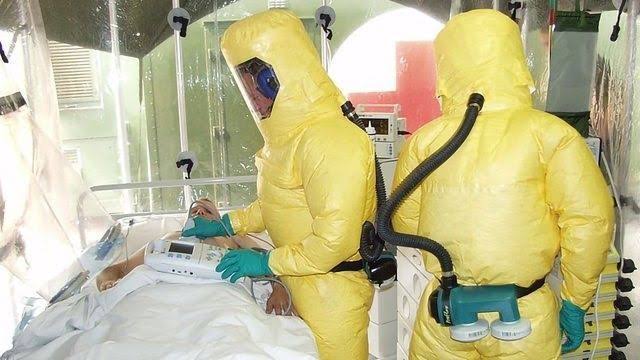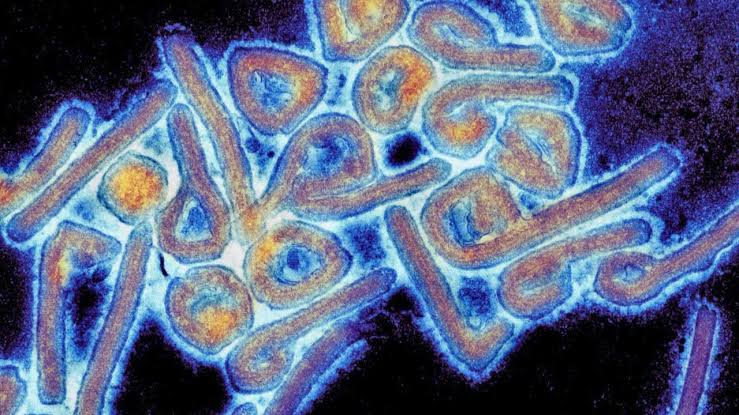For the first time in Rwanda’s history, the health ministry is managing an outbreak of Marburg virus disease, a rare but deadly haemorrhagic illness similar to Ebola.

However, unlike Ebola, there are no treatments or vaccines for Marburg, and it has a fatality rate of 88%.
The Rwandan health ministry is currently managing the outbreak, which has already resulted in 26 reported cases and 18 deaths.
WHO Swung Into Action
In addition to providing medical supplies, the World Health Organization (WHO) announced over the weekend that it is sending a team of seven global experts in haemorrhagic diseases to Rwanda to offer guidance to public health officials on the ground.
The US Centers for Disease Control and Prevention also stated on Monday that it is dispatching experts to assist with testing and contact tracing efforts in Rwanda.
There are currently no cases of Marburg in the United States, and the risk to Americans from this outbreak is considered low.
The CDC has been in Rwanda since 2002, working closely to improve the country’s health system.
People Also Read: 5 Ways to Relieve Menstrual Cramps Naturally
Tackling The Spread Of Marburg Virus Disease
The WHO notes that Rwanda has a strong public health system, in contrast to some other sub-Saharan African countries that have dealt with Marburg virus disease.
Dr. Brian Chirombo, the WHO representative in Rwanda, stated on Sunday that he believes the country has “the capacity and ability to stop this outbreak very quickly.”
Rwanda’s Ministry of Health announced that people can continue their daily activities and urged the public not to panic.
Officials believe they have identified all the hotspots of the disease and are taking the necessary steps to prevent its spread.
The virus has affected seven out of the country’s 30 districts.
According to the ministry, more than 100 people who have been in contact with infected individuals are either being monitored or isolated.
Many of the cases involve healthcare workers.
Marburg is an orthomarburgvirus that naturally occurs in fruit bats and belongs to the same family as the Ebola virus.

